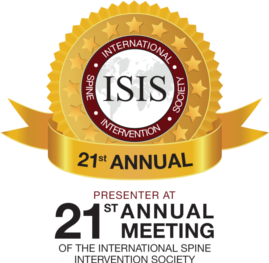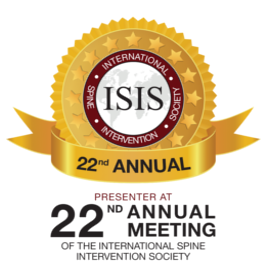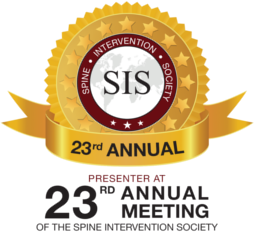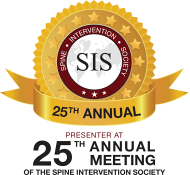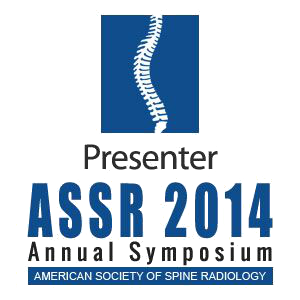What is a fusion procedure?
When arthritis of the spine has led to instability, or abnormal motion resulting in pain, a minimally invasive spinal fusion may be required. In a fusion procedure, the diseased lumbar disc is removed. In its place bone growth material is placed. The material allows new bone to grow over time. It takes about a year for the new bone to heal completely. Implanted devices, such as screws, support the spine while fusion, or bony healing, occurs.
How is a Endoscopic Assisted Transforaminal Lumbar Interbody Fusion performed?
Percutaneous lumbar fusion is a minimally invasive procedure for the treatment of lower back pain due to a herniated disk. The patient is face down or lies on his/her side. A tiny skin nick is made on the skin of the back, near the flank. A needle is then placed through the skin nick and into the disc, via a natural opening in the spine, the intervertebral foramen. A small wire is then placed into the disc, through the needle. The needle is exchanged for a series of small tubes. Using specialized instruments the diseased disc is removed and bone growth material is placed. An implant is placed in the operated space to support the vertebrae while bony healing takes place. Screws are also placed on the back of the spine, through tiny incisions, to further support bony healing. The procedure is guided by an endoscope and x-rays.
What are the advantages of Endoscopic Assisted Transforaminal Lumbar Interbody Fusion?
Fusion procedures are by nature more invasive than discectomy procedures. When a fusion is required though, it’s our philosophy to make it as minimally invasive as possible. Conventional fusion procedures access the disc by cutting through normal muscle, ligaments and bone. The transforaminal approach allows the discectomy and fusion procedure to be done through a natural opening in the spine, the intervertebral foramen. This allows a fusion without disrupting normal structures, making recovery faster and easier.
How long will the procedure take?
The procedure takes one and a half to two hours. After the procedure you will recover for two to four hours before going home.
What is the recovery like?
You will walk out the door and go home the same day with pain medications. For the first several days we advise plenty of rest with light stretching. In the first week exercise is limited to short walks. Avoid heavy lifting (greater than 10 to 15 pounds), bending or twisting for the first several months. You can return to work at 4 weeks, unless work requires strenuous activity. At 4 weeks a progressive physical therapy program should be begun. Minimally invasive surgery allows a faster recovery and easier rehabilitation. Individual factors will dictate recovery time.

